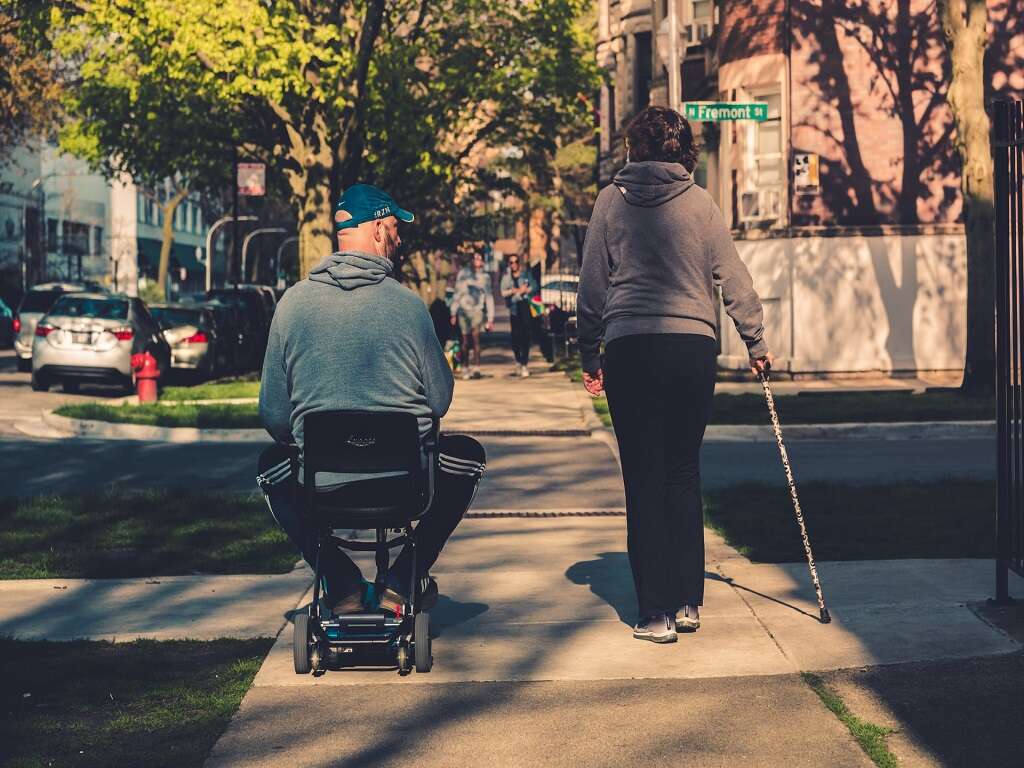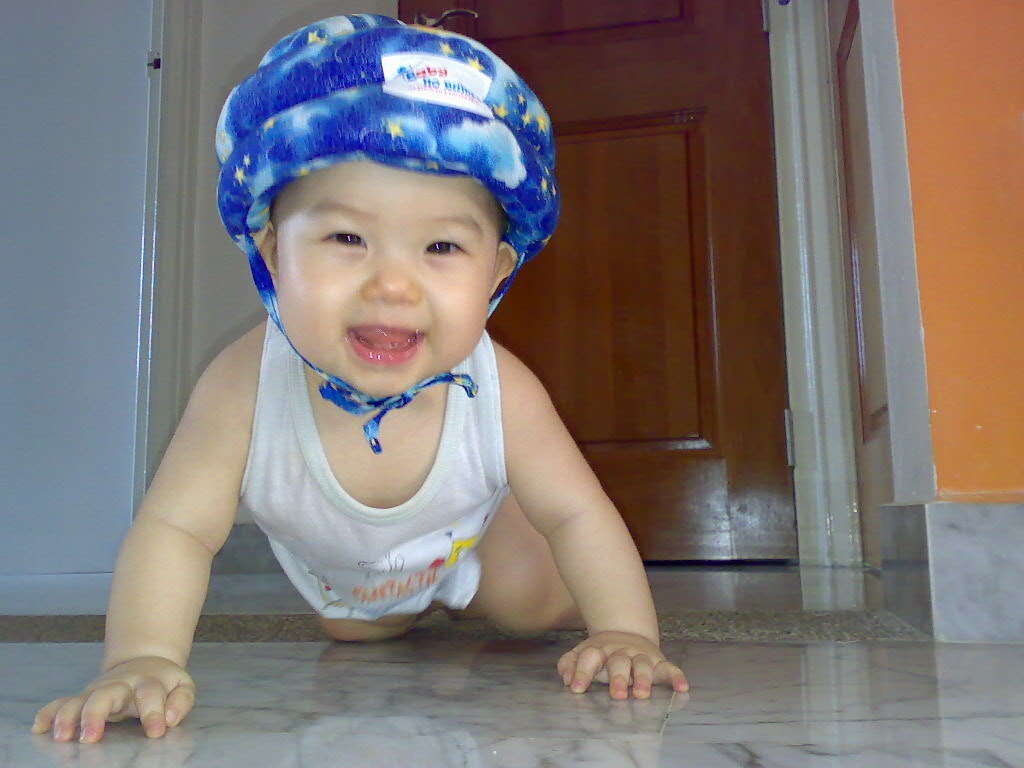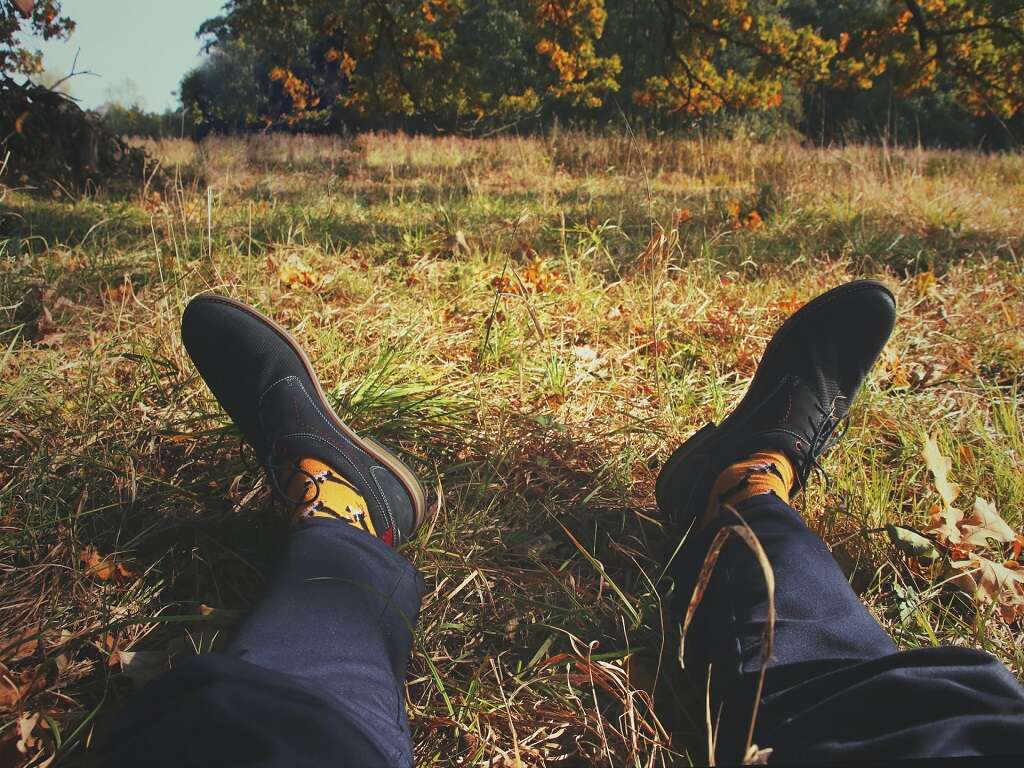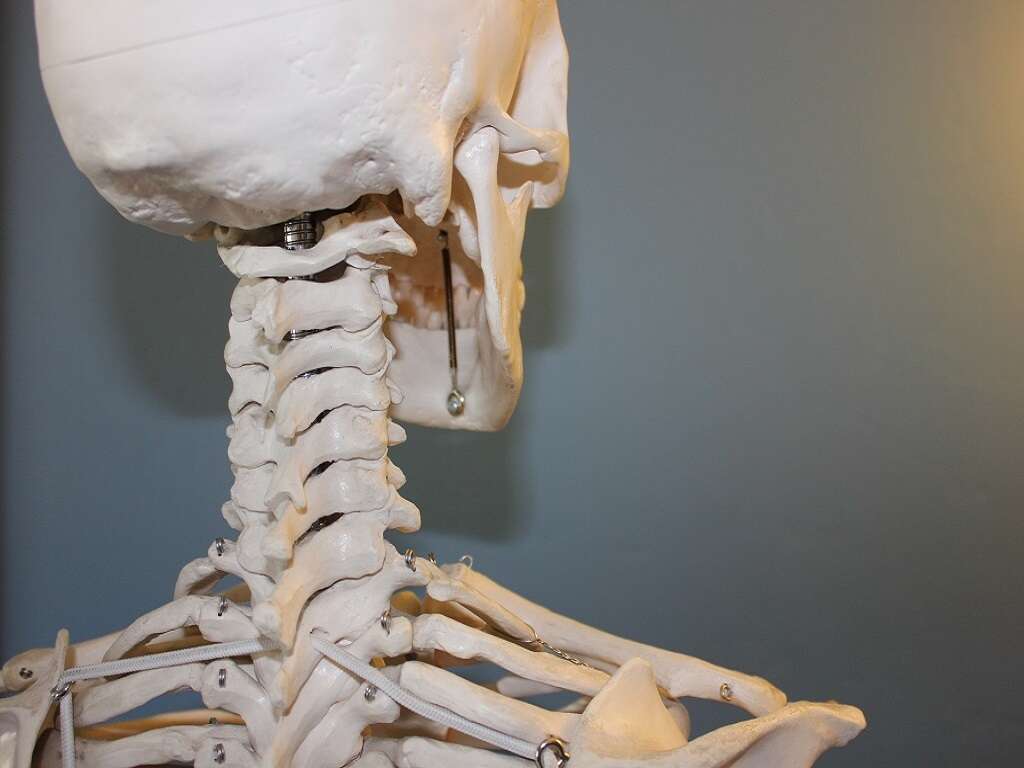10 Ataxia Symptoms
 Article Sources
Article Sources
- 1. NHS Choices, NHS, www.nhs.uk/conditions/ataxia/.
- 2. 'What Is Ataxia?' National Ataxia Foundation, 10 Sept. 2020, ataxia.org/what-is-ataxia/
- 3. 'Chapter 15: Assistive Technology for Written Communication - A-T Childrens Project.' A, www.atcp.org/about-ataxia-telangiectasia/caregiver-resources/chapter-15-assistive-technology-for-written-communication/.
- 4. Kalia, Lorraine V, et al. 'Tremor in Spinocerebellar Ataxia Type 12.' Movement Disorders Clinical Practice, John Wiley and Sons Inc., 10 Apr. 2014, www.ncbi.nlm.nih.gov/pmc/articles/PMC6183183/#:~:text=Tremors as part of a,stance tremor, and voice tremor.&text=These tremors result from cerebellar,ataxic signs of comparable severity.
- 5. 'Tremor.' Multiple Sclerosis Society UK, www.mssociety.org.uk/about-ms/signs-and-symptoms/tremor.
- 6. NHS Choices, NHS, www.nhs.uk/conditions/ataxia/treatment/.
- 7. 'Ataxia: Symptoms, Causes, Treatments.' Cleveland Clinic, my.clevelandclinic.org/health/diseases/17748-ataxia#:~:text=Episodic ataxia can develop at,vision, and nausea and vomiting.
- 8. Aaron M. McMurtray M.D.David G. Clark M.D.Mary K. Flood R.N., et al. 'Depressive and Memory Symptoms as Presenting Features of Spinocerebellar Ataxia.' The Journal of Neuropsychiatry and Clinical Neurosciences, 1 July 2006, neuro.psychiatryonline.org/doi/full/10.1176/jnp.2006.18.3.420.
- 9. Fatigue and Ataxia. NHS, publicdocuments.sth.nhs.uk/pil3716.pdf.
- 10. Stolze, H, et al. 'Typical Features of Cerebellar Ataxic Gait.' Journal of Neurology, Neurosurgery & Psychiatry, BMJ Publishing Group Ltd, 1 Sept. 2002, jnnp.bmj.com/content/73/3/310.
- 11. Tang, Sherry Y, and Aasef G Shaikh. 'Past and Present of Eye Movement Abnormalities in Ataxia-Telangiectasia.' Cerebellum (London, England), U.S. National Library of Medicine, June 2019, www.ncbi.nlm.nih.gov/pmc/articles/PMC6751135/.
8. Walking Abnormally
The way a person with cerebellar ataxia walks can be very distinctive. They may have their legs spread wider apart than usual. Their steps could be irregular, and they might frequently lean or even fall to the side. Many people take small, shuffling steps to compensate for the difficulty walking.
How a person with ataxia walks depends on the surface, speed, time walking, type and severity of their particular disorder, but some living with ataxia may benefit from using a walker or wheelchair.10Stolze, H, et al. ‘Typical Features of Cerebellar Ataxic Gait.’ Journal of Neurology, Neurosurgery & Psychiatry, BMJ Publishing Group Ltd, 1 Sept. 2002, jnnp.bmj.com/content/73/3/310.
Advertisement











